The Nokia G21 is a smartphone with a few big weaknesses and only really its good endurance in its favour. The display has a high refresh rate but poor brightness and low resolution, its processor struggles to keep up, and its camera produces poor results.
Pros
- Great battery life
- Long software updates
- Sturdy build quality
Cons
- Mono speaker
- Camera produces poor results
- Underwhelming display
-
Huge batteryThe 5050mAh cell delivers strong endurance, especially when paired with the low-end processor. There’s also 18w charging, if you provide a charger -
Clean softwareNokia does very little with Google’s version of Android, so don’t expect lots of bloatware here
Introduction
The Nokia of 2022 is a different beast than that emerged from the ashes of its predecessor in 2017. Where once the firm was seeking to reclaim past glories with flashy flagship devices, in the present the focus is squarely on value offerings, smartphones that don’t challenge the wallet, or perceptions, in any way.
Within this context, the G21 is very much a Nokia phone of 2022 – which is to say that it boasts a familiar design, the promise of long updates, a seemingly weak processor, and a relatively low price tag.
It arrives amid ever tighter competition from the competing best cheap phones and best mid-range phones, which all offer more impressively kitted out options for similar or lower price points.
Is Nokia’s formula a winning one? Does the G21 do enough to break out and establish itself as worthy of a place in your pocket? Read on for our full review.
Design and Screen
- Thick plastic design
- Flat screen with a notch
- Sturdy build quality
If there’s only one thing to take away from the design of modern Nokia smartphones, it’s the emphasis that the firm places on utilitarian sturdiness. None of its recent releases will win any awards for their looks, but each looks like a fall would dent the pavement rather than cause any damage to the device itself.
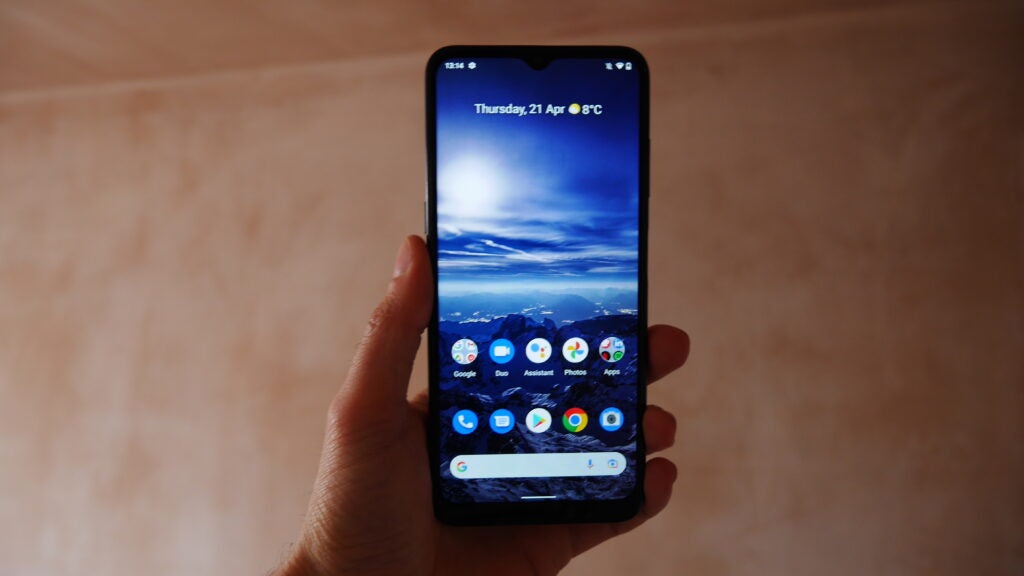
Compared to the competition, the Nokia G21 is a little thicker and a little grippier courtesy of a textured pattern on its rear. It might not feel particularly premium in the hand, but this is certainly one of the few smartphones available at present that doesn’t feel as though it requires a case.
It certainly doesn’t stand out against the competition, or indeed its brethren, however. Available in only two rather boring colour options, it misses out on the opportunity to show any kind of personality. Unlike the likes of Realme with its GT 2, which is experimenting with new designs and textures, Nokia’s approach is thoroughly conservative.
The picture sours somewhat when looking at the display. As the competition has raced towards ever higher refresh rates, until recently Nokia has doggedly stuck to 60Hz panels; the G21 being the phone to break its self-imposed mould. Its panel refreshes at 90Hz and feels smooth as a result, but this is where the positive elements end.
Brightness is particularly poor, with the G21 struggling to remain usable even in moderate sunshine, and at 720p the resolution is a little too low for the size of the panel at 6.5 inches. Colours are washed out and contrast is poor – this is one of the lowest-quality displays I’ve seen in a smartphone panel in some time.
This is an area where the competition has only upped its game, and as a consequence the G21 feels like an antique, an anachronous entry from five years ago, rather than a modern budget smartphone.
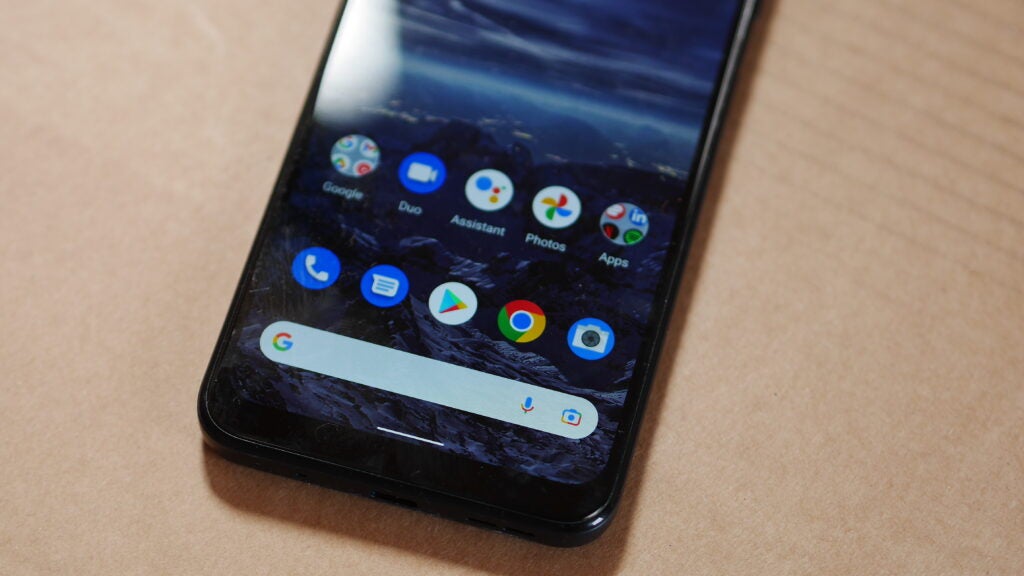
Camera
- Four main camera modules
- Main sensor has 50 megapixels
- Scene optimisation active by default
If there’s one area where Nokias of yore were truly known to excel, it was in camera performance. The likes of the Lumia line blazed the way with larger sensors, optical image stabilisation and more in smartphones – and it’s unfortunate to have seen the Nokia of the present day fritter away that legacy.
The G21 offers four camera modules, to go for the all-important “Quad-cam” designation. Unfortunately, all of them produce poor results.
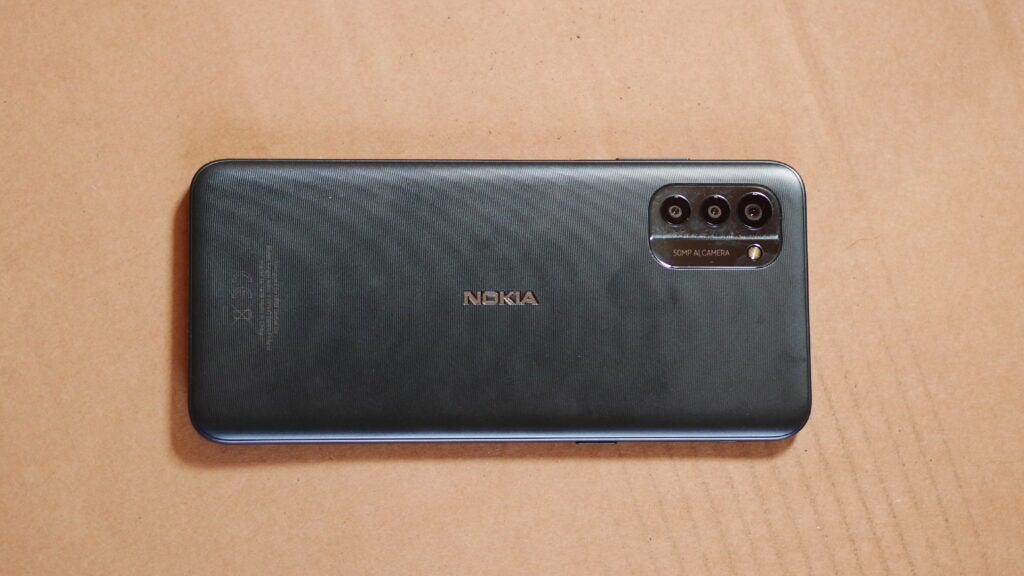
The primary sensor on the rear is a 50-megapixel effort, with an aperture of f/1.8. It’s flanked by a 2-megapixel macro sensor, a 2-megapixel depth sensor, and a selfie snapper with fixed focus and 8 megapixels to its name.
As alluded to above, performance, on the whole, is lousy. Images from the main sensor exhibit poor contrast, washed-out colours, egregious over-sharpening, ghosting from moving subjects, processing aberrations and a preponderance of noise. Again, while the competition only improves, the G21 feels like a smartphone from years past with its image processing.

Particularly concerning is the lack of dynamic range; highlights are blown with worrying regularity in even moderate conditions. Understandably, this only worsens at night, with even the included Night mode failing to help combat grain and blurriness.
As is ever the case, the included fixed-focus 2-megapixel macro module produces results fit only to be discarded immediately, while the selfie camera suffers from many of the same issues as the main sensor, with its fixed-focus only compounding its problems. If you value camera performance you’ll want to pay a bit more and go for the Pixel 4a.



Performance
- Runs a Unisoc T606
- Comes with 4GB of RAM and 64GB of storage by default
- Runs slowly
An interesting, clearly cost-saving, strategy employed by Nokia across the past year has been to standardise the processors included in its smartphones. Many released in 2021 employed the Snapdragon 490, which was a slightly less powerful option than the norm, but which kept up for the most part while remaining fairly power-efficient.
Within this context, the Unisoc chip in the G21 is an unknown entity with regards to performance. An eight-core processor made using 12nm fabrication, it’s certainly relatively modern in its design, and paired with 4GB of RAM and 64GB of storage by default, it has the same resources at its disposal as the likes of entries from MediaTek and Snapdragon.
Despite the benefit of the doubt, the Unisoc proved to be a poor performer. While it managed to power through the light Nokia interface with little discernible issue, the moment anything even remotely was demanded of it, things began to chug. This is borne out in benchmarking. In Geekbench 5, the device achieved a single-core score of 312 and a multi-core score of 1168, which places it below the 2018 issue Snapdragon 660 in terms of power – not an inspiring performance.
This was more noticeable in gaming, where even less intensive titles would regularly see skipped frames and stutters. Whatever the issue is with the chip, there are clear problems of software optimisation at play, too, so the problems may clear up with time.
That the interface doesn’t chug overly is in part due to Nokia’s chosen version of Android, which is light to say the least. But for the inclusion of a few help apps and the camera app, there’s nothing else to bog down the device. This is at least a little help with the promise of years of software updates; however, it does leave the device lacking personality somewhat.
As ever, you should only buy a phone for what it is rather than what it might be, and for the moment the Nokia G21 feels slow and anaemic in general use. It’s fine for checking emails and taking calls, but not much more.
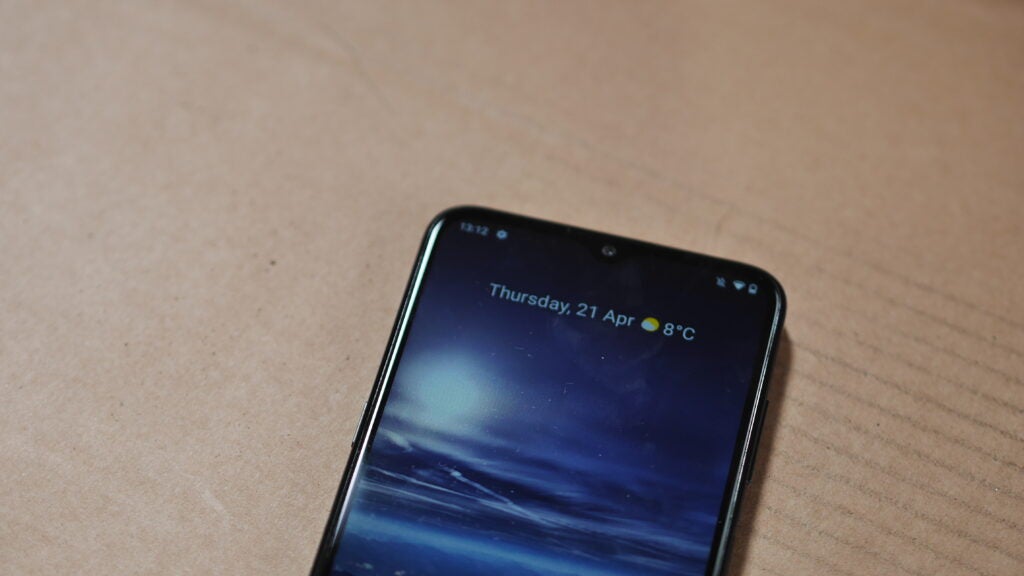
Battery Life
- 5050mAh battery
- Capable of 18W fast charging
- No charger included
So far, the story of the G21 has exclusively been one of disappointment, so it’s pleasant then to report a particular success: battery life. A result of the 5050mAh unit included, a power-sipping processor and a low-resolution screen, I regularly found that with light use, the G21 could make it into a third day without too much issue.
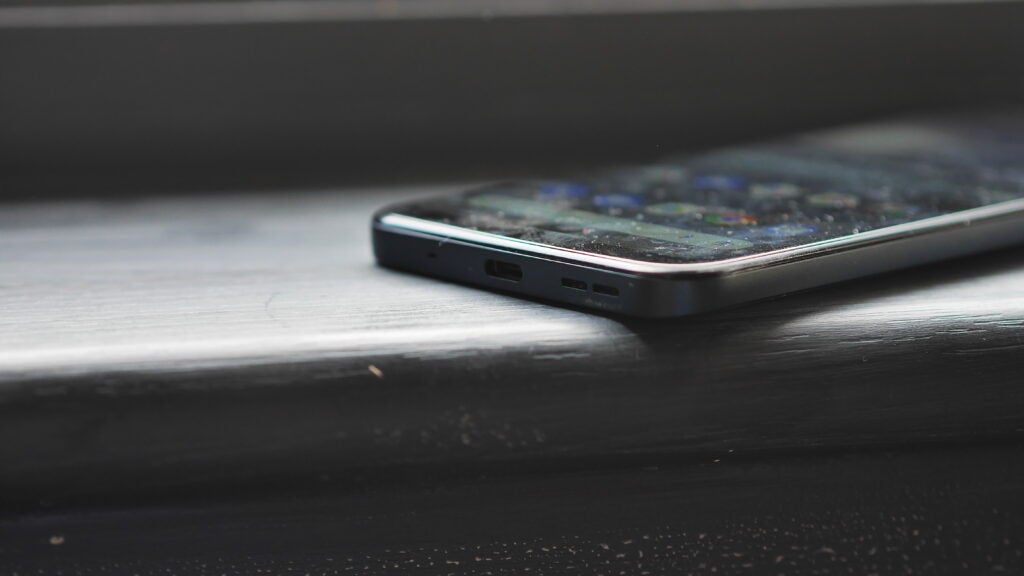
This is with the continent-sized caveat that light use is all that can be achieved, given the lack of power available. Regardless, if you only use your smartphone irregularly, this is a device that will be able to keep going and going, and might be of particular importance to those who travel regularly as a result.
As for charging, the device can charge at up to 18W but will regularly stay at 10W, not matching the likes of Realme with 30W+ charging as standard. Note, too, that there’s no charger included in the box, which is becoming increasingly common across the sector.
Should you buy it?
You need a multi-day battery life: One of the biggest reasons to plump for this phone is the strong battery life.
You need good camera quality: As you can see in our sample images above, the skills of the camera here are poor.
Final Thoughts
It’s been said again and again, but only becomes more true with every passing month: the budget smartphone market is enormously competitive. In 2022, it takes more than ever before to remain relevant and stand out – and on balance the Nokia G21 achieves neither.
Pairing a weak camera, poor performance and an underwhelming display for the asking price of £149.99 leaves the G21 feeling like a time-traveller from years past. Other than its sturdy build quality, promise of long software updates and great battery life, it has few qualities to its name.
FAQs
While the phone can charge at 18w, you’ll need to provide that plug yourself as there’s not one included in the box.
This is a 4G phone, so it won’t support 5G networks or speeds.
Jargon buster
mAh
An abbreviation for milliampere-hour and a way to express the capacity of batteries, especially smaller ones in phones. In most cases the higher the mAh, the longer the battery will last but this isn’t always the case.
Refresh Rate
The number of times the screen refreshes itself per second.
















